The Most Reliable Perennials for Sun
This is part of a recap of a talk by Carol Allen on easy-care perennials. Click here to read the other part which includes her favorite perennials for shade and part shade and general gardening guidelines (like how to tell if an area is considered full sun or if it’s really part shade or full shade).
Tall Bearded Iris
Deer and rabbit resistant, these flowers do well in the clay soil that most of us have in this area. There are reblooming varieties that will give you flowers in spring and fall. They are drought-tolerant once established. Unlike many perennials, you divide them in summer. They may go dormant in summer and turn brown, but don’t worry, just cut the brown parts off to keep them looking nice. Planting is a little different: dig two ditches with a rise in the middle and place the rhizome on the rise and splay the roots in the ditches and cover them with soil. The rhizome needs sun, so don’t cover it with soil or mulch. Irises can be bothered by the iris borer moth, which lays its eggs on the leaves and when the larva hatch, they crawl down the plant and damage the rhizomes. Luckily, they’re easy to control; if you see chewed leaves in late spring, look for green worms on the leaves and squash them.
Echinacea (Purple Coneflower)
The straight species (Echinacea purpurea) is a mainstay of the perennial and pollinator garden, but there are so many varieties that you don’t have to go with the plain, purple flower. Carol likes the variety ‘Merlot’ for its robust growth and interesting black stems. Butterflies like the flower because it provides an easy place to land and chickadees and goldfinches will appreciate the seeds if you don’t deadhead.

Scabiosa (Pincushion Flower)
Another good pollinator plant, scabiosa features button-shaped blue flowers on long stems above the foliage. It blooms for a long time (April through fall). Deadhead to get more blooms. It likes good air circulation and good drainage, so don’t plant it squashed up against something else and mix in Espoma Soil Perfector when planting.
Coreopsis (Tickseed)
A native and another good pollinator plant. A long bloomer with yellow, daisy-like flowers. Cut back after first bloom to get a second flush of flowers.
Nepeta (Catmint)
If you like the look of lavender, but have trouble growing it, this is a good substitute. It has silvery-green, mint-like foliage and stalks of lavender flowers. It blooms a long time, forms a decent-sized clump without spreading and is drought-tolerant once established.
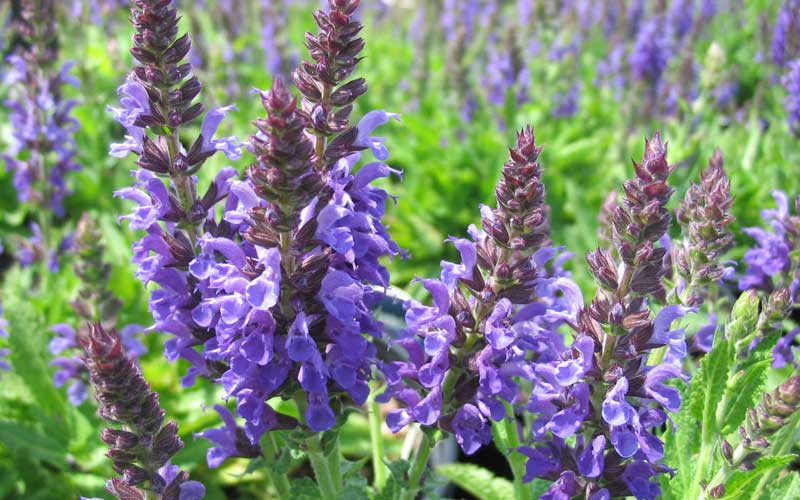
Salvia
Another long bloomer, salvia will flower two to three times during the season. It’s drought resistant and is a bee magnet (good for the environment, but if you have a phobia or allergy, it might not be for you). If it starts looking scraggly, you can cut it back and it flush out with new, more compact growth.

Asclepias tuberosa (Butterfly Weed)
This is one of two native milkweeds we sell at Behnke’s. Both serve as host plants to monarch butterflies and Carol likes both, but gives this one particular attention because of its striking, vibrant orange flowers. It can be short lived and doesn’t like wet winters, but is otherwise a tough pollinator plant. Deer won’t bother it and you don’t have to amend the soil when planting, because it likes our clay soil.
Solidago (Goldenrod)
Another native pollinator plant, this one is especially useful to pollinators because it blooms late when many other plants have stopped for the year. There are many varieties to choose from so you’re sure to find one that fits your garden, but Carol’s favorite is ‘Fireworks’ because it’s not aggressive.

Hibiscus moscheutos (Swamp Rosemallow)
A native hibiscus featuring humongous red, pink, white or swirled flowers. Each flower only blooms for a day, but once it’s established, it puts out a lot of flowers. Use it in rain gardens or moist areas and put it in the back because it’s going to get tall.
Rudbeckia (Black Eyed Susan)
Our state flower! Pollinators love this native plant. There are different varieties to choose from so you can plant a few to get good succession blooming.
Baptisia (Blue False Indigo)
Another native (noticing a pattern?). It looks like a bush when established (though it might take a few years) so it makes a good specimen plant on its own. It doesn’t like to be moved and don’t let it get any shade because it likes full, complete, screaming sun.
Tall Garden Phlox
There is a native variety (though they aren’t all native). Butterflies love it, but unfortunately so do deer and rabbits. It is prone to a couple diseases, including powdery mildew, but when it works, it’s stunning.
Eupatorium (Joe Pye Weed)
This is one of the best plants for butterflies. It gets tall so use it in the back of the garden and get an 11ft stake (Carol just buys rebar) and tie it up so it doesn’t flop. You can cut it by half in late spring to keep it shorter.
Monarda (Beebalm)
It’s a member of the mint family so you know it “has manifest destiny on its mind,” meaning, it likes to spread (and it has fragrant leaves). Monarda punctata, is Carol’s favorite because it’s not as prone to get powdery mildew as other varieties and the flowers are totally different than the common magenta monarda.
Hemerocallis (Daylily)
Although the common orange variety that you might see along the road (and may even have planted at your house) is highly invasive, there are many other varieties that aren’t. They require little care and will give you bright, big flowers. Unfortunately, deer love them.
Ceratostigma (Plumbago)
A good groundcover. It doesn’t get too dense, so it works well sprawling around other perennials and shrubs. It works well in tough areas, it’s drought-resistant and deer resistant.
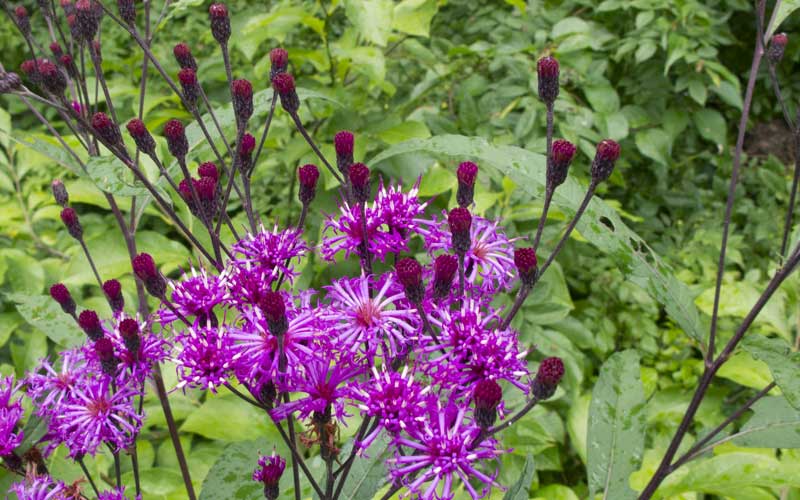
Vernonia (New York Ironweed)
Likes moist areas, making a good rain garden plant. It gets very tall, so put it in the back of the garden. Butterflies love it, but unfortunately so do deer.
Perovskia (Russian Sage)
This is another good replacement for lavender. It likes heat, drought, neglect and clay soil, making it the ultimate easy-care perennial.
Chelone (Turtlehead)
Another native that’s good for rain gardens. It is the larval food source for the Baltimore Checkerspot butterfly (but you’d have to have a big stand of it to attract them).

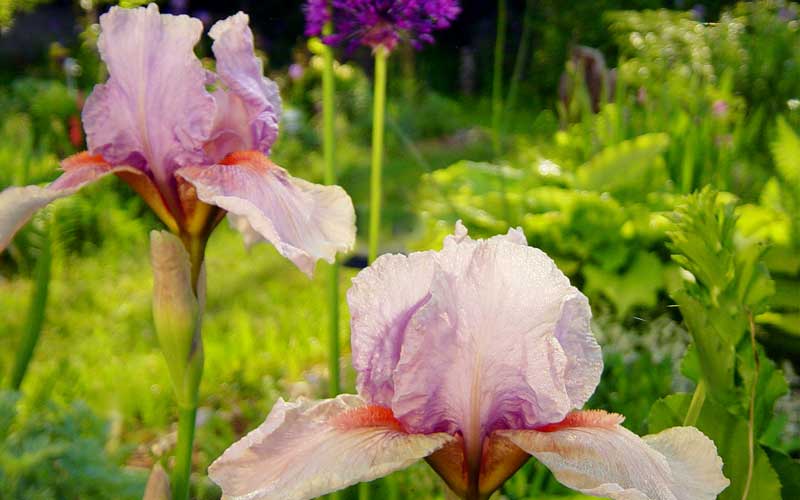
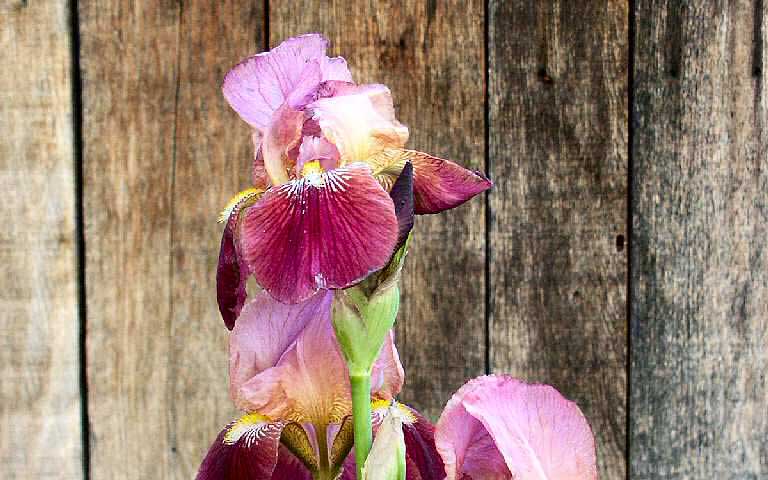




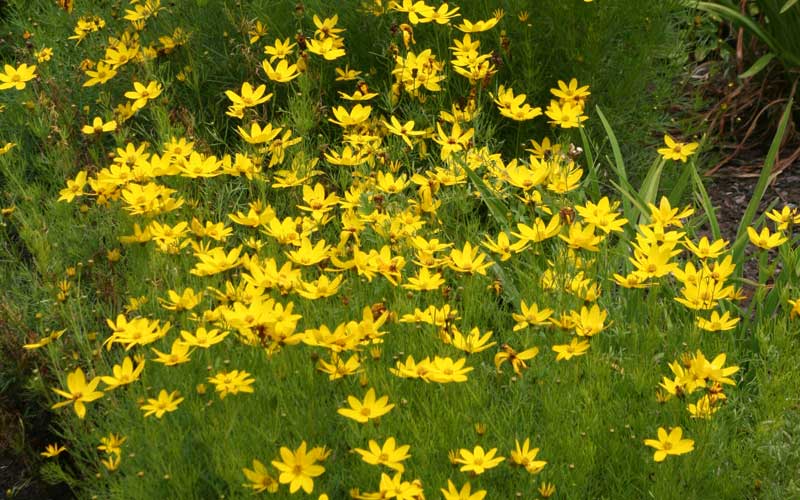
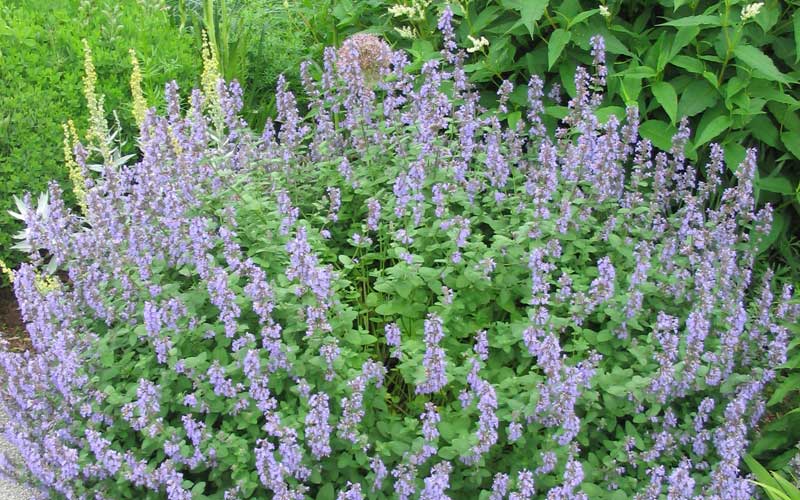

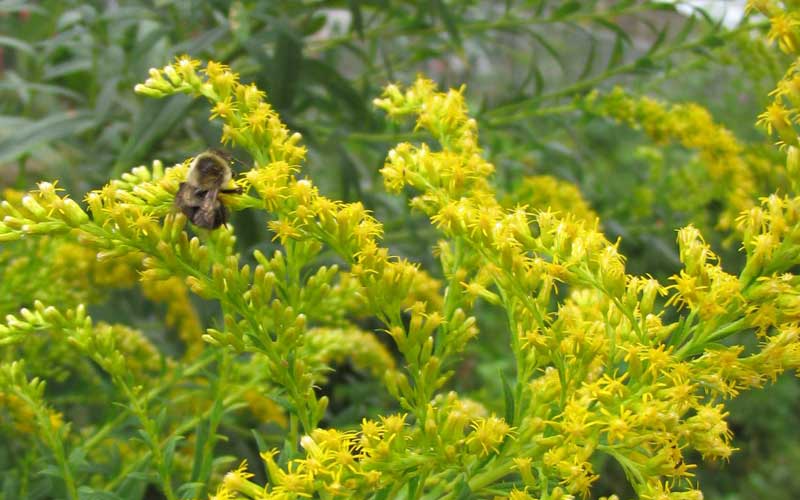
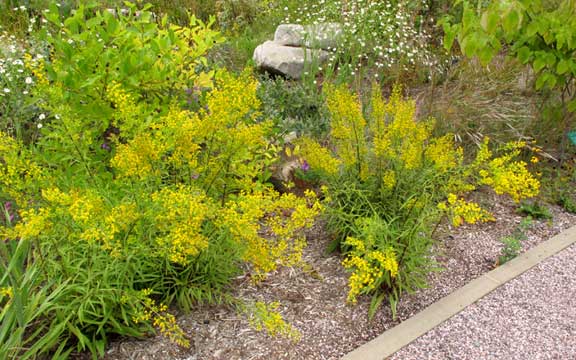
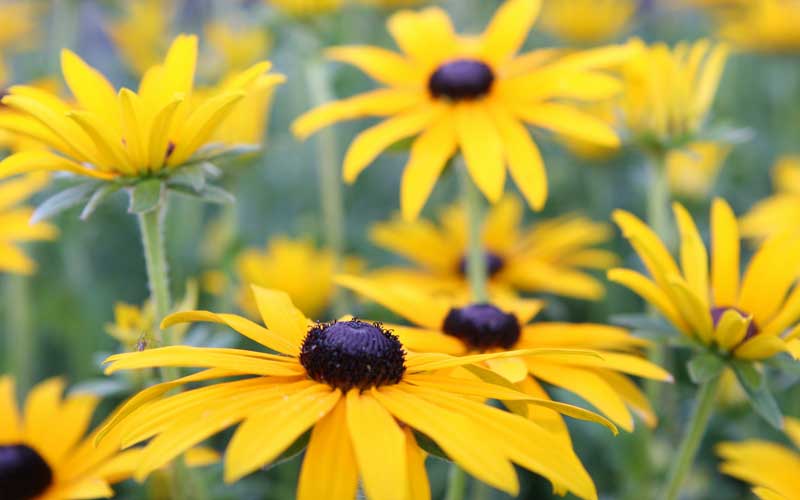
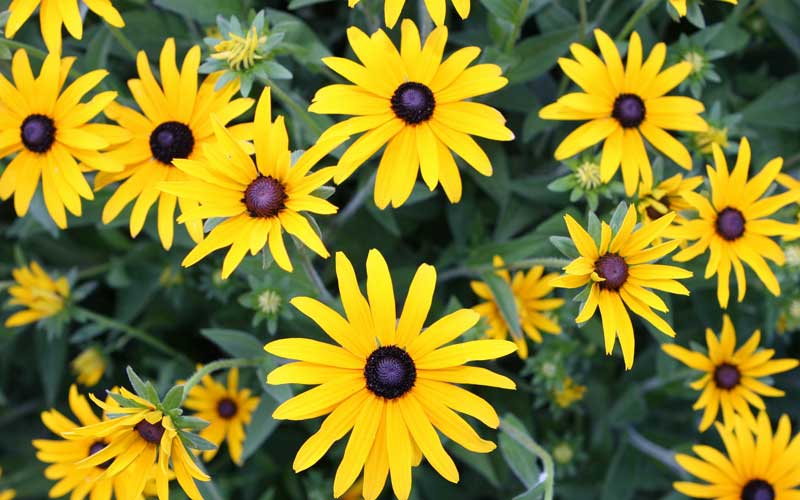
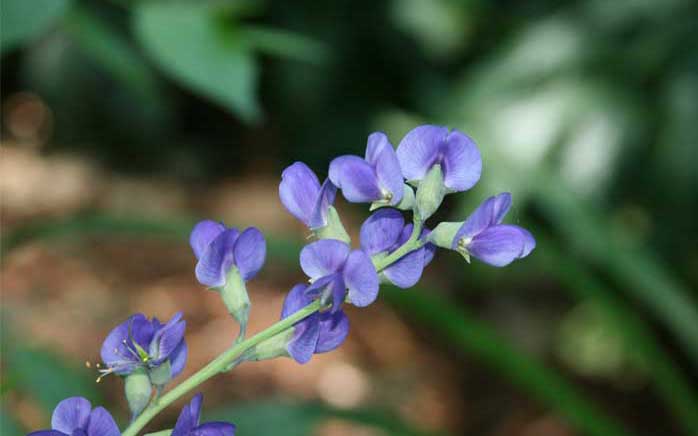
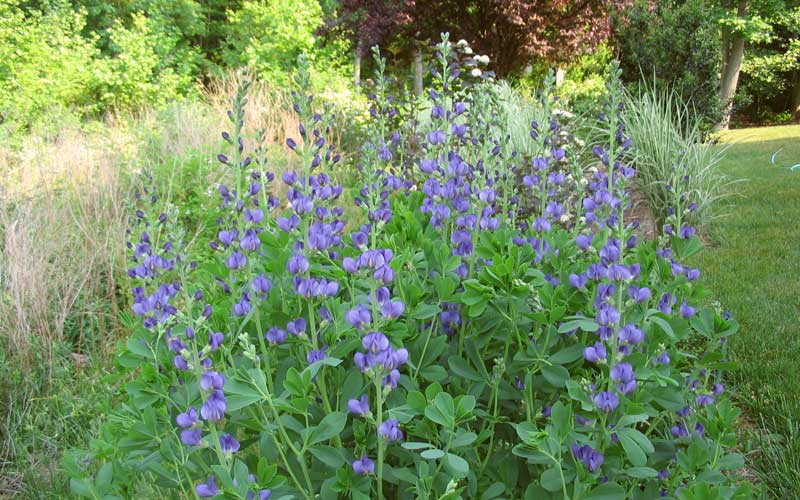
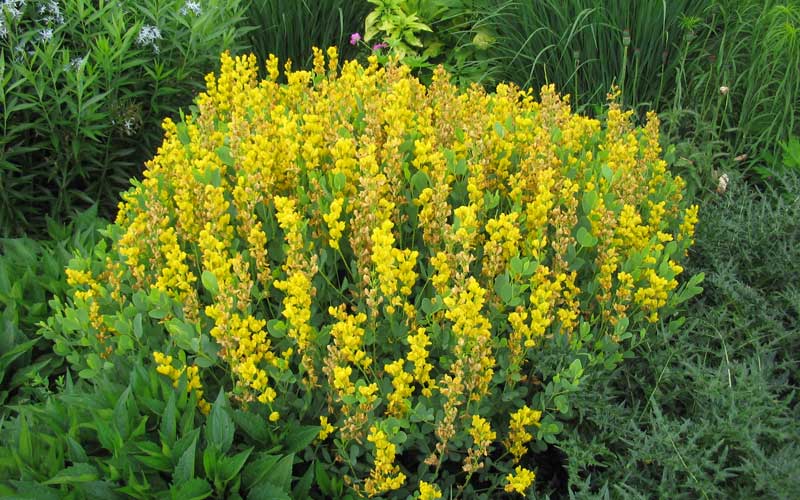



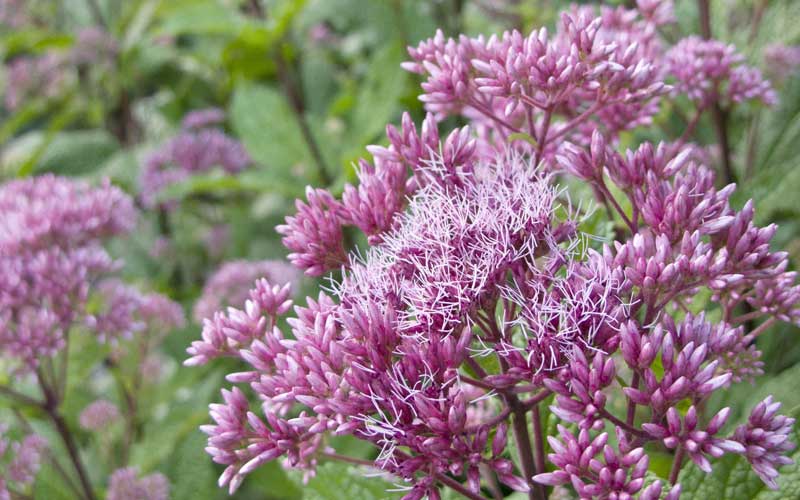

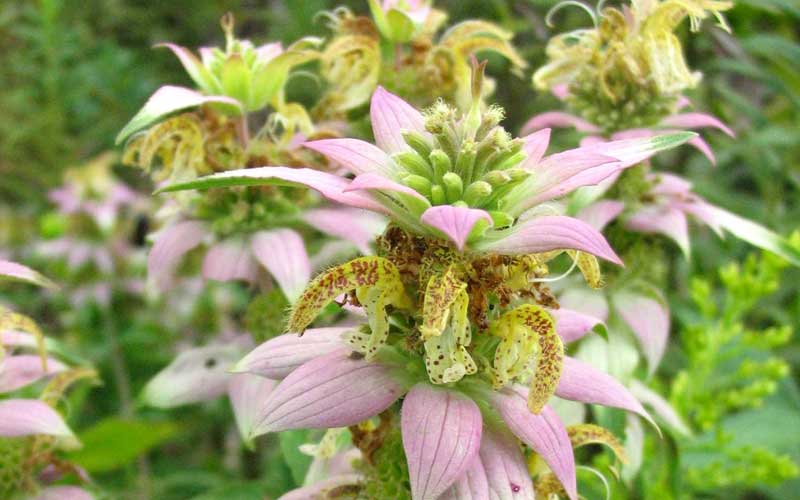
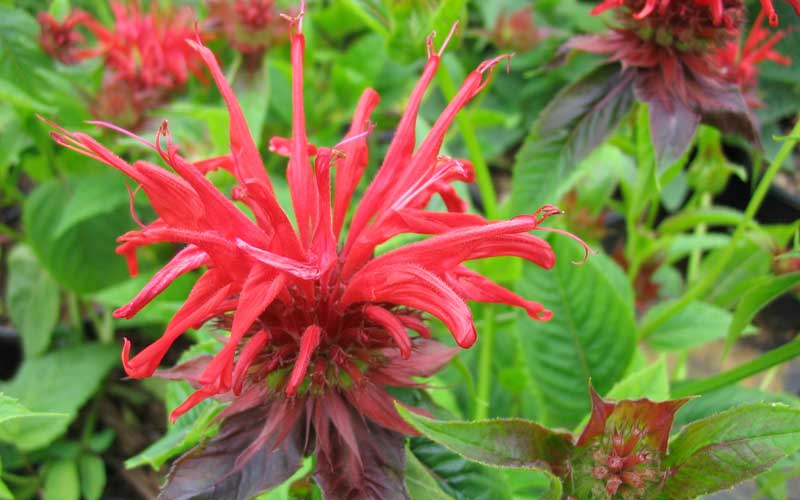
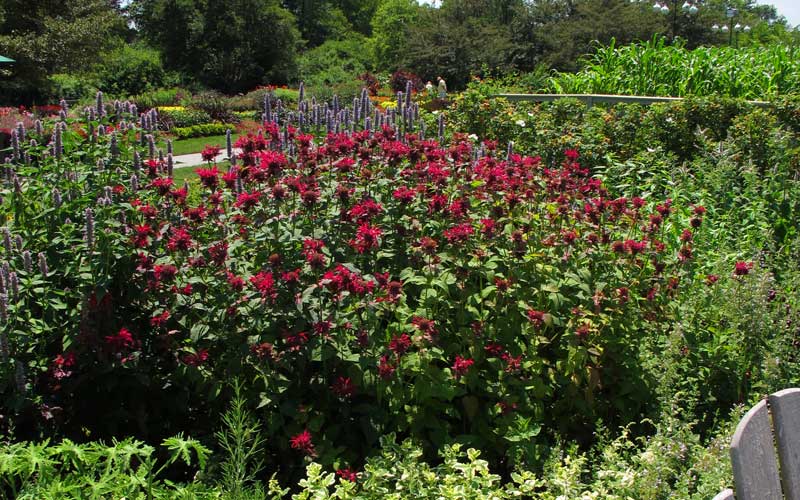


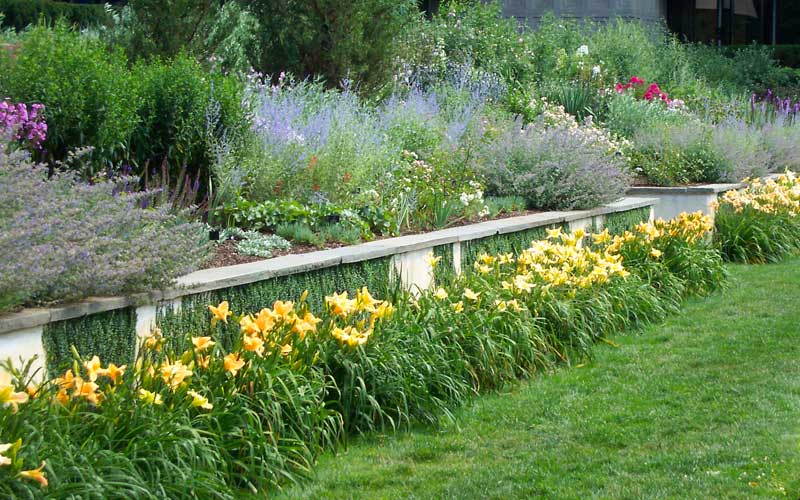
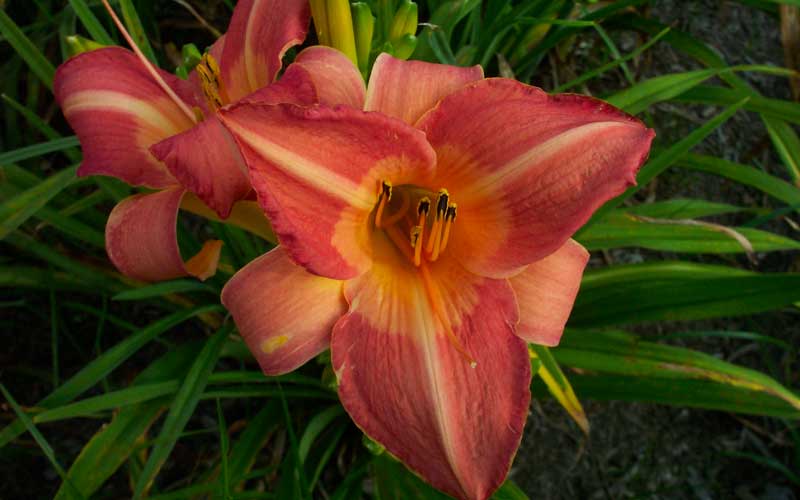
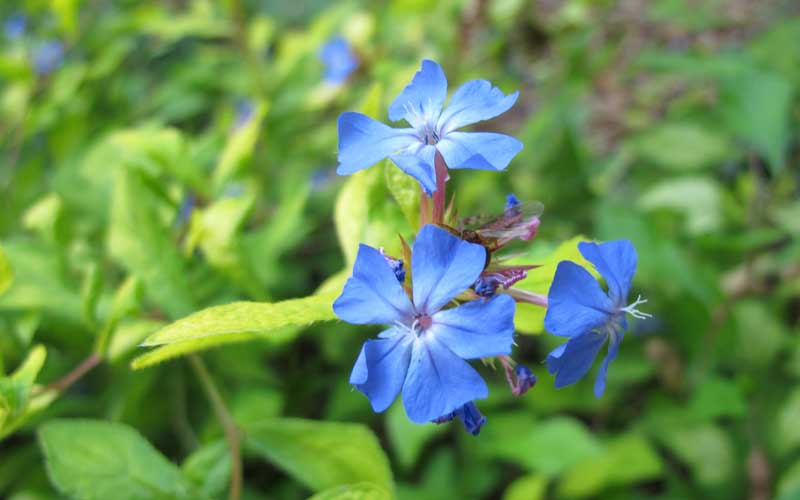

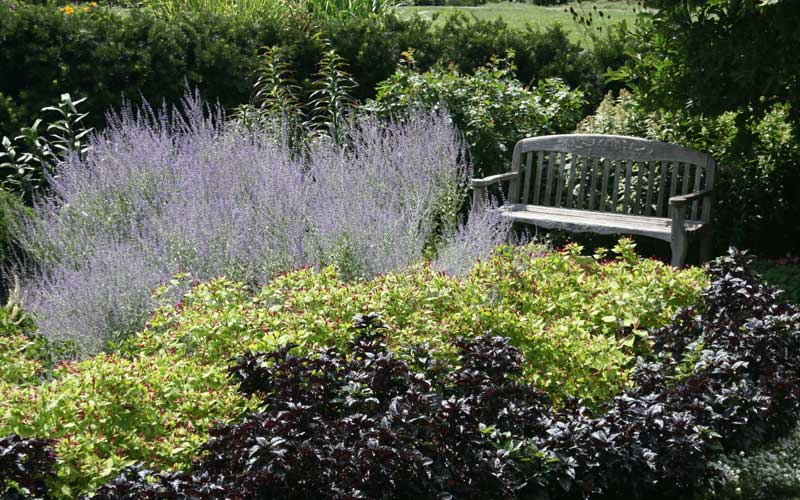
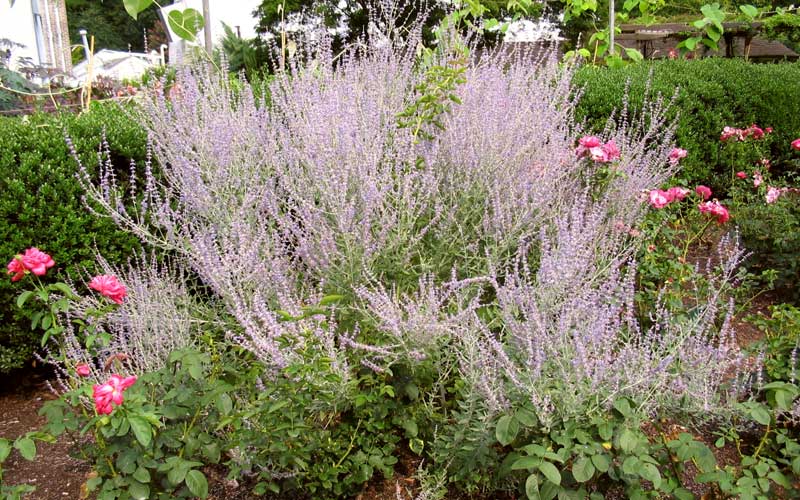
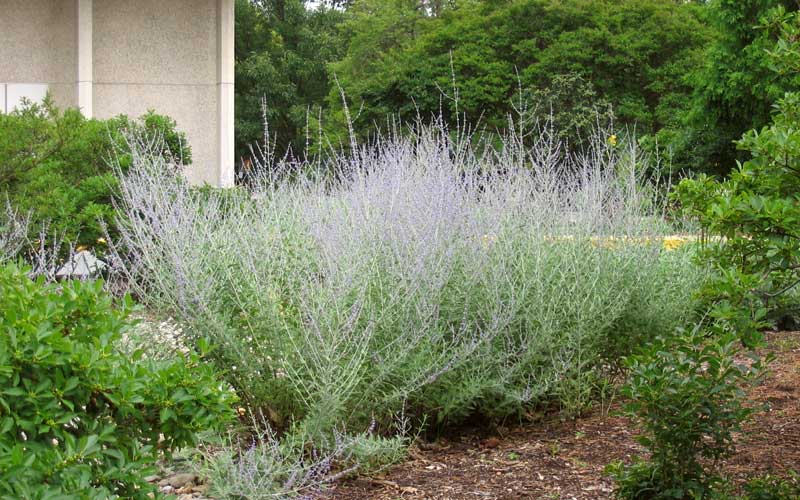
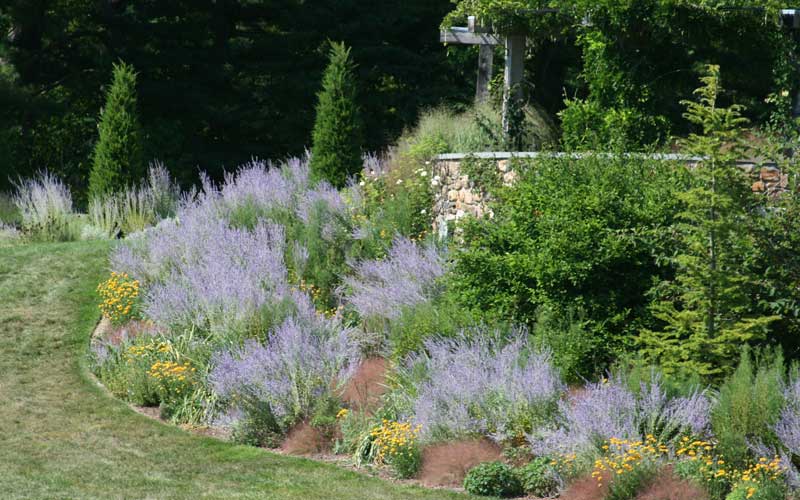

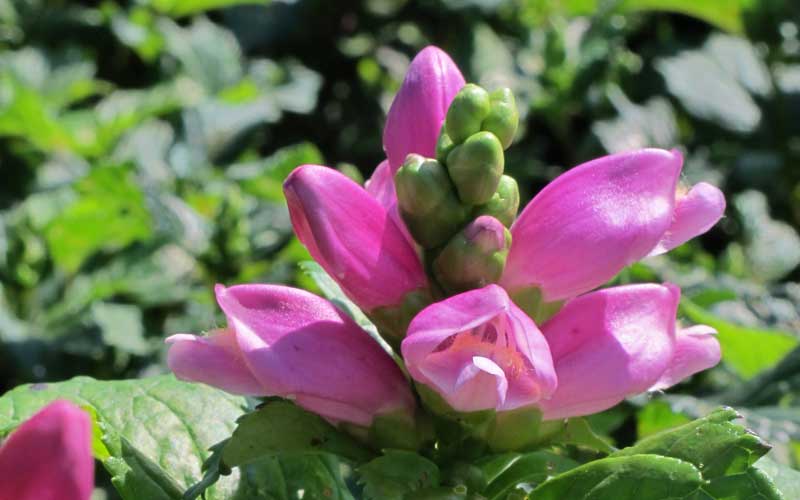
Thank you for this blog, part 1 and 2; both are wildly helpful 🙂
I couldn’t make it to Carol’s presentation, so I appreciate you sharing this online with succinct info on each perennial, photos and Carol’s specific recommendations. And I learned that I was interpreting part sun/full sun differently than I should….that may explain a lot of things :).
Thank you so much for the beautiful pictures and helpful comments. The deer
are a real scourge and I am so grateful for
the tips you have given re flowers they
love. All the advice is very valuable and
the recommendations give me confidence
in my choices. Will be visiting with goal of
Getting flowers that bees, butterflies and hummingbirds love.
love.